We’re starting a new series today on my new book Create: Tools from Seriously Talented People to Unleash Your Creative Life.
We know as photographers, we’ve always got to up our game as creatives, but what about your life as a whole? Wouldn’t it be cool to link into some of these tools or hacks that you could use on an everyday basis? Well, that’s where this book is going to take you. I’m going to give you tools or hacks that I found in my own life and also from these really talented people that I’ve interviewed. If you follow this series step-by-step, you’re going to be on a road to increase your creative abilities to a whole new level. On a larger scale, we’d love to create a whole movement of people who all want to increase their creative abilities.
Today I’m going to cover three creative hacks. These happen to be some of the key points that you can put into action right now.
Creative Hack 1: Use Your Power of Visualization
Create means to envision or visualize something and then make it. So your power of visualization is the first hack. Ansel Adams said, the whole key to a photograph is your ability to visualize before pressing the shutter. That means seeing with your mind’s eye, or getting a mental image of the photo or whatever art form you’re working with. Visualization drives the entire creative process.
Visualization even drives how you envision yourself as a creative. What kind of photographer are you? What is your genre? What do you want to be known for? What is your brand? Those are all part of your visualization of yourself as an artist.
So this first hack is to remember to visualize before you press the shutter. You always visualize before you do anything as a creative, whether you’re writing a story or shooting a film, you always visualize it first. The first thing a filmmaker usually does is write an outline or a treatment – that’s your visualization. What this film is all about. Where are you going with it? Even before you write a script, you visualize the entire story.
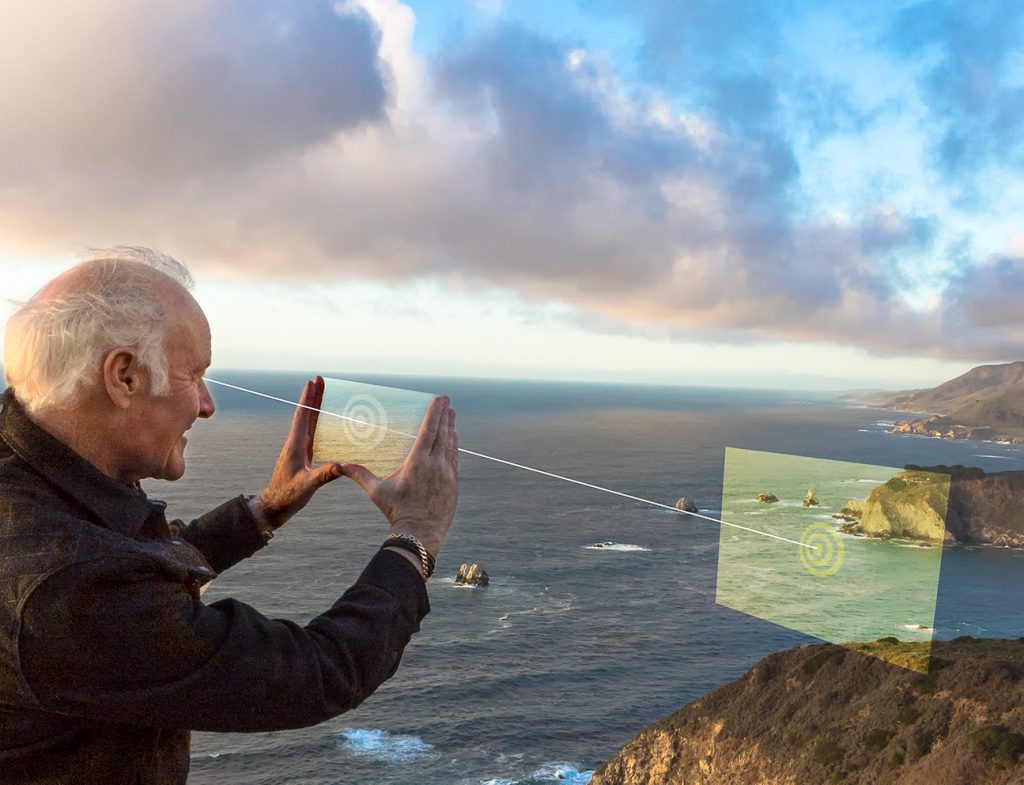
Creative Hack 2: How to Strengthen your Visualization “Muscles.”
The next question is how do you strengthen your visualization muscles? One easy answer is go to museums and look at art – what ever kind of art that resonates with you. Bob Holmes says for him it’s modern art. He told me he’s specifically inspired by the work of Robert Motherwell. You can see an example of how this modern artist has influenced Bob’s photography.
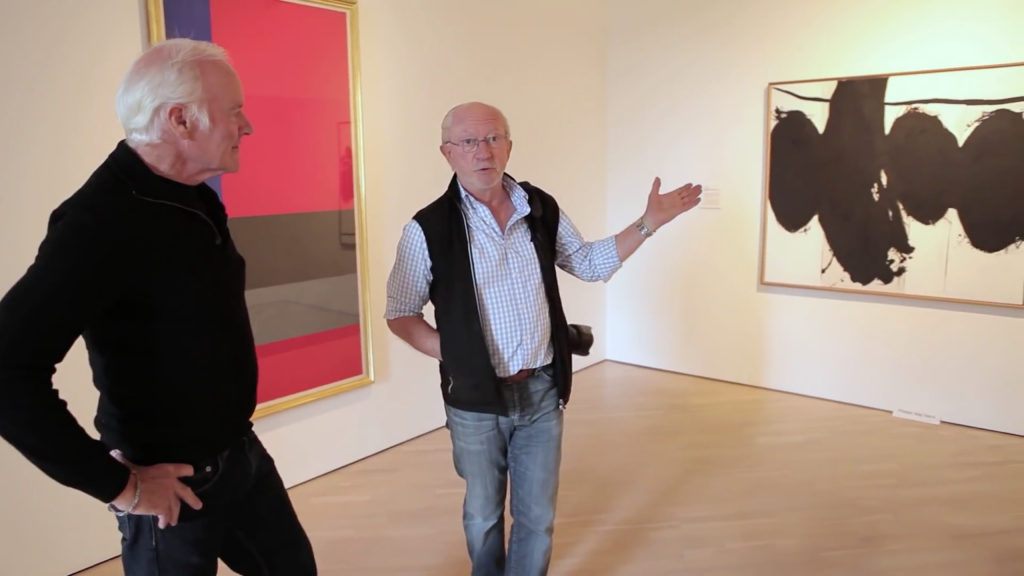
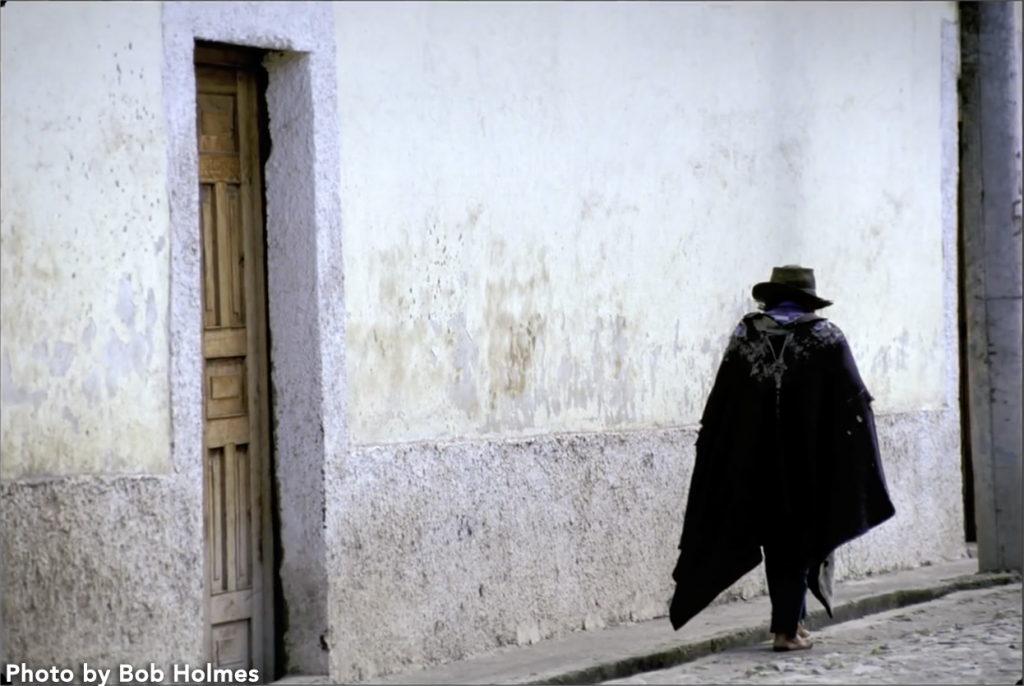
For Joey L., his inspiration springs from the classical painters like Rembrandt: he closely observed their framing and the lighting and then he mindfully brought these elements into his own photography.

To keep feeding your creativity you need to soak in art in all forms, and you need to soak it in constantly. It’s always better to go to a museum and see art in person rather than through a screen. Books are okay, but the least preferred way of actually doing this is looking on a computer screen. To invest forward in your creativity go see live art or listen to live music, because these can be inspirations that will pay big dividends. It doesn’t matter what art form – you’re filling your visualization library.
Creative Hack 3: Use a Notebook Daily.
Keep a notebook. Travel with it, eat with it, sleep with it. Slap into it every stray thought that flutters up into your brain. Cheap paper is less perishable than gray matter, and lead pencil markings endure Longer than memory.—Jack London
The third hack is a really simple one: use a notebook, just as Jack London recommended over a century ago. Too many things these days are done digitally, keeping us forever plugged in to electronic devices. But what’s so freeing about a notebook is you’ve got a simple record right in front of you. You can flip through it to track your “stray thoughts”
Now let’s combine all three hacks: when you go to a museum and you’re looking at art take notes of what it is that really resonates with you. Then when you go out to photography, or write or draw, look at your notes and get your visualization clearly in mind. And then create.
You can also take notes of your personal goals or what you’re trying to overcome. Then looking back later you can evaluate your progress. Maybe you’re doing great, or maybe you need to kick yourself in the butt to get going – yep, your notebook will tell you!
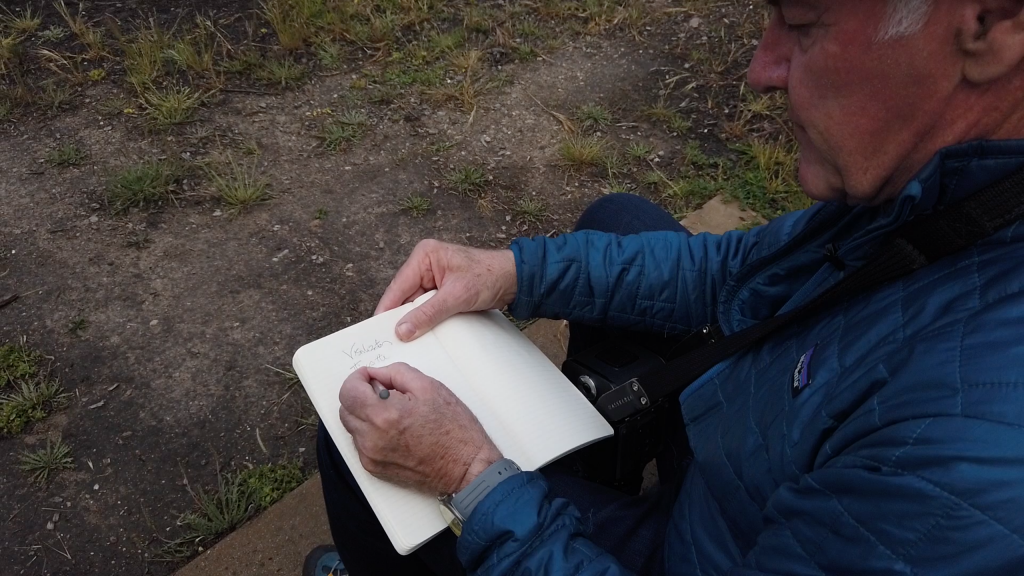
So my friend, those are the three starting hacks. These are really important things that you can do on a daily basis. We’ve got a whole bunch more.
Show me some pages from your notebook, let me know how these work for you on your creative road.
Head over here to pre-order your copy of Create and get your free bonus – creativity Quick Start Guide.

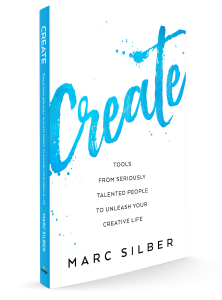
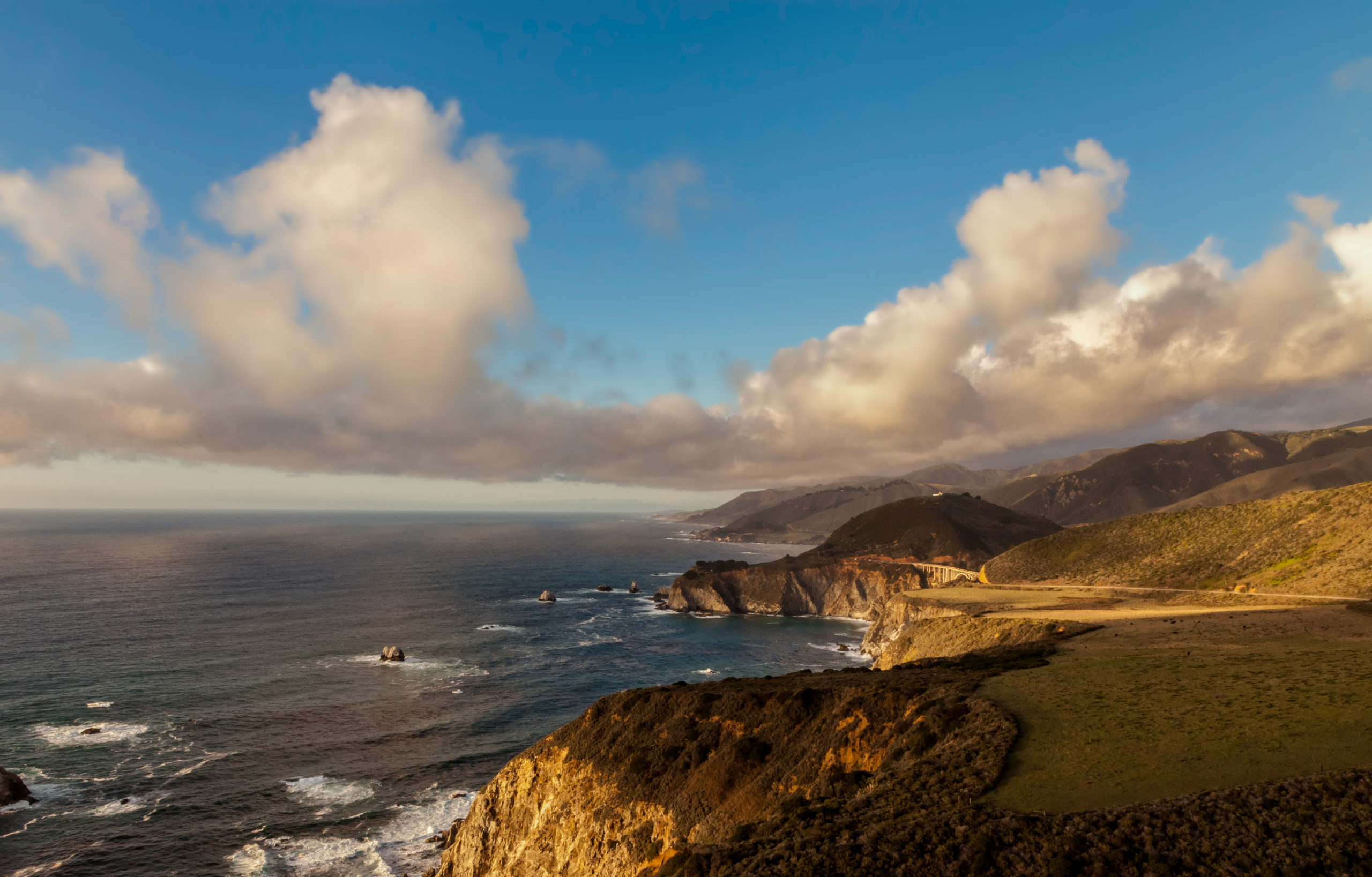
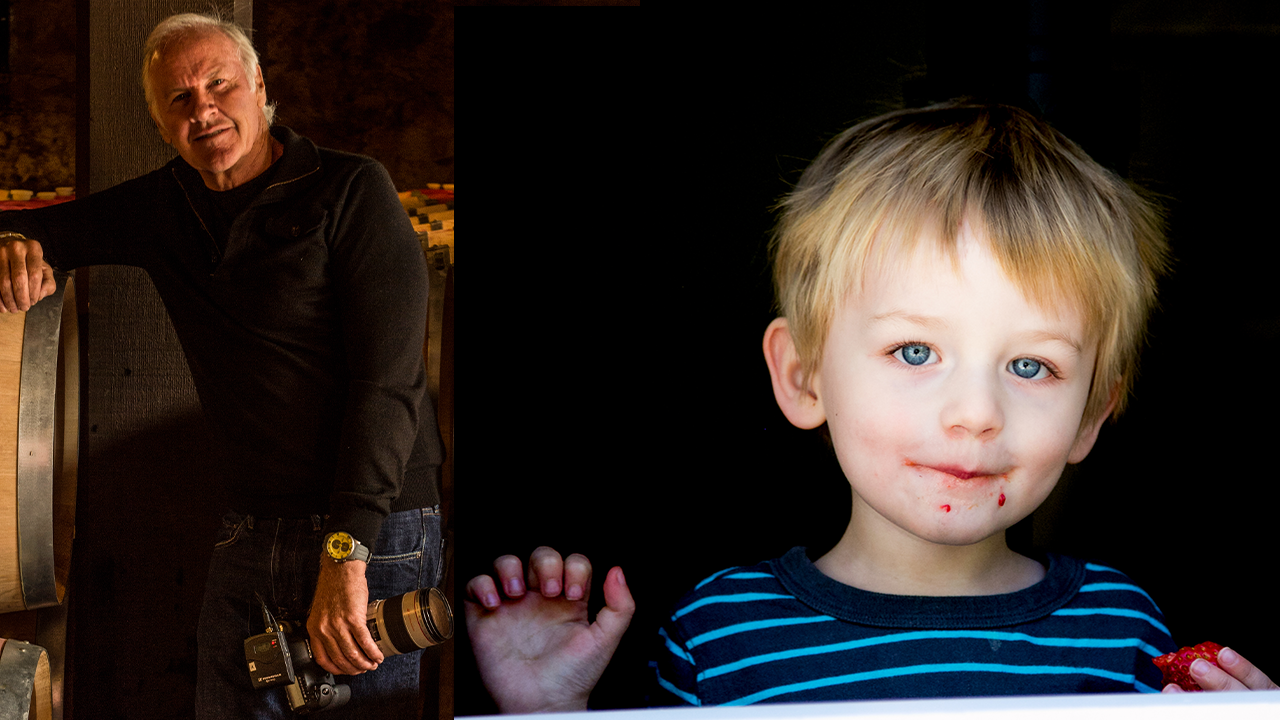
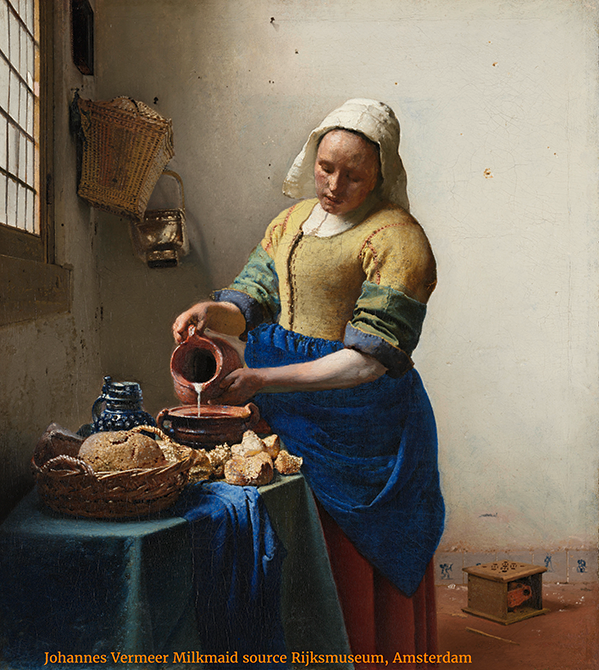
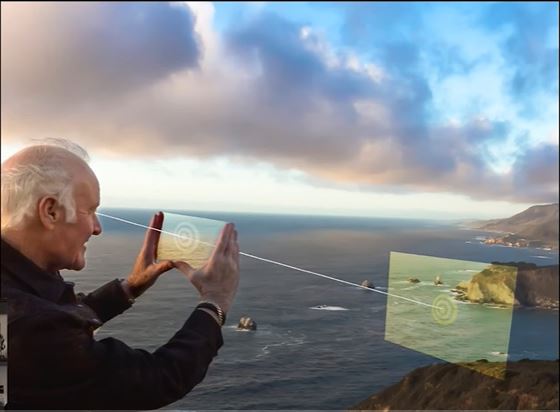
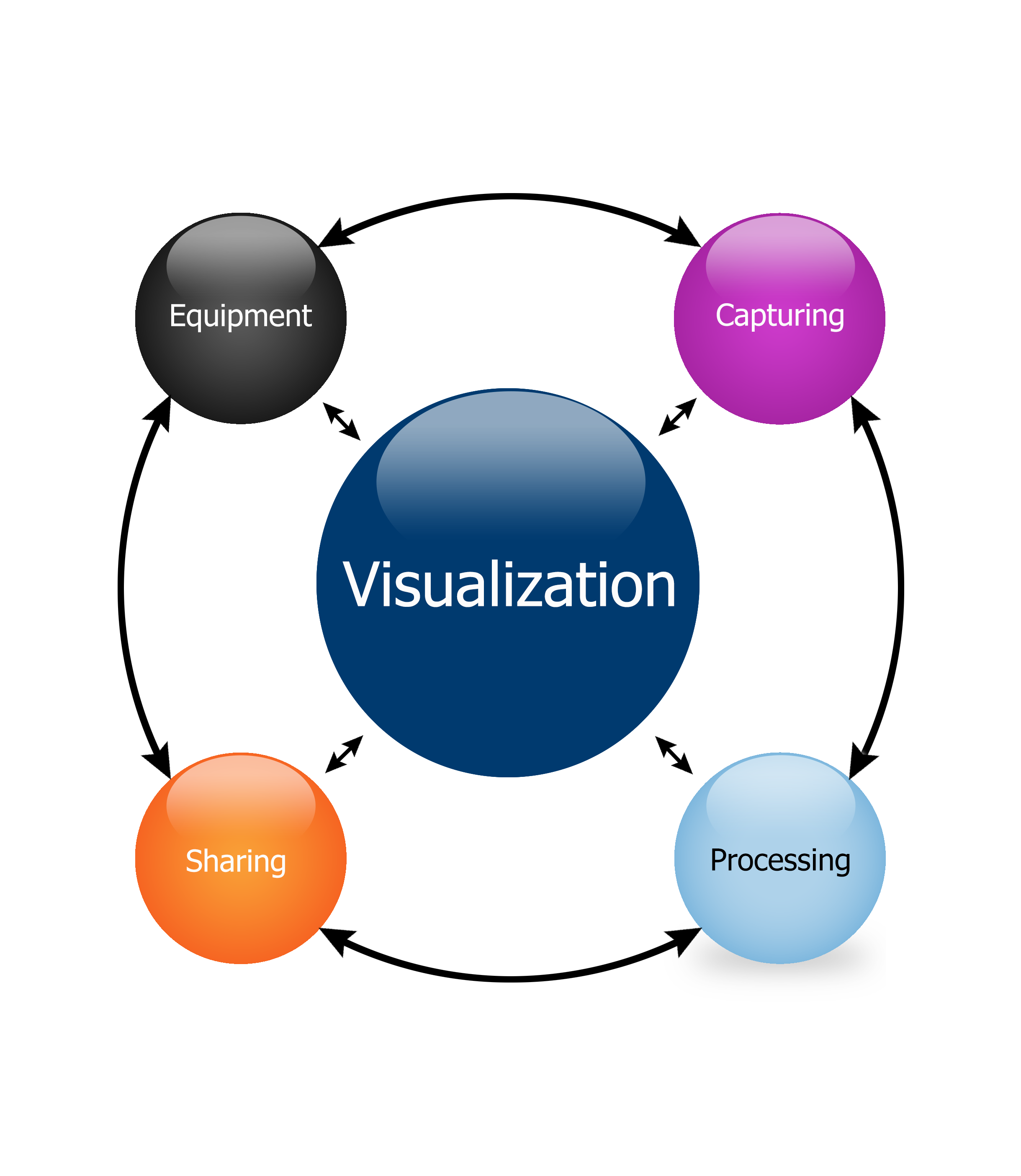
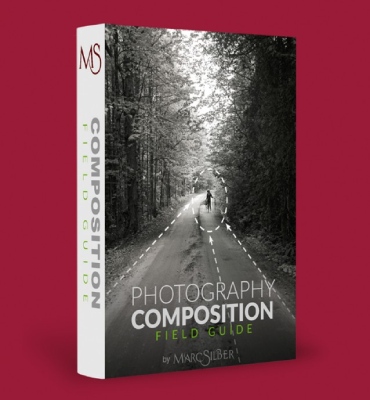
Leave A Comment
You must be logged in to post a comment.